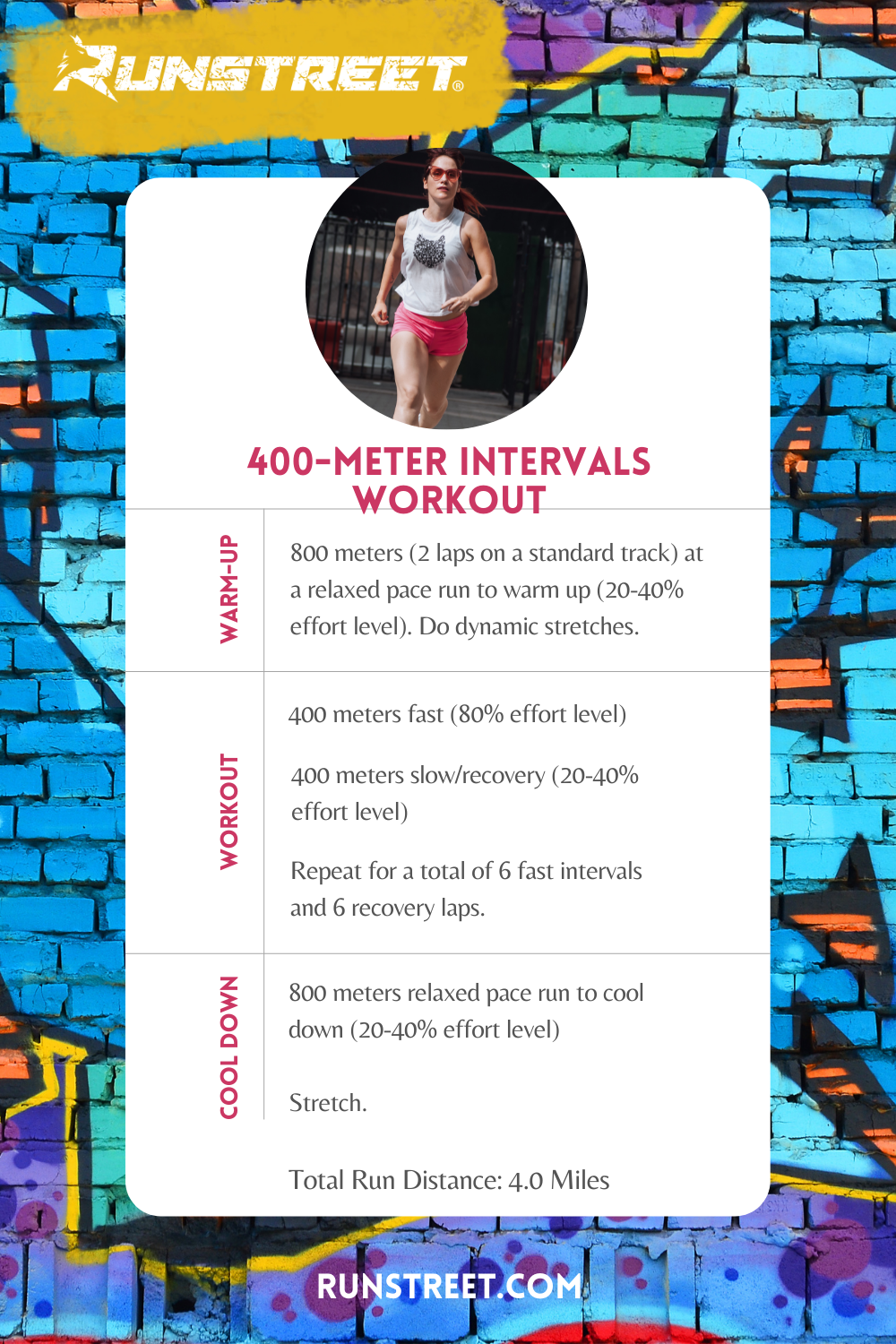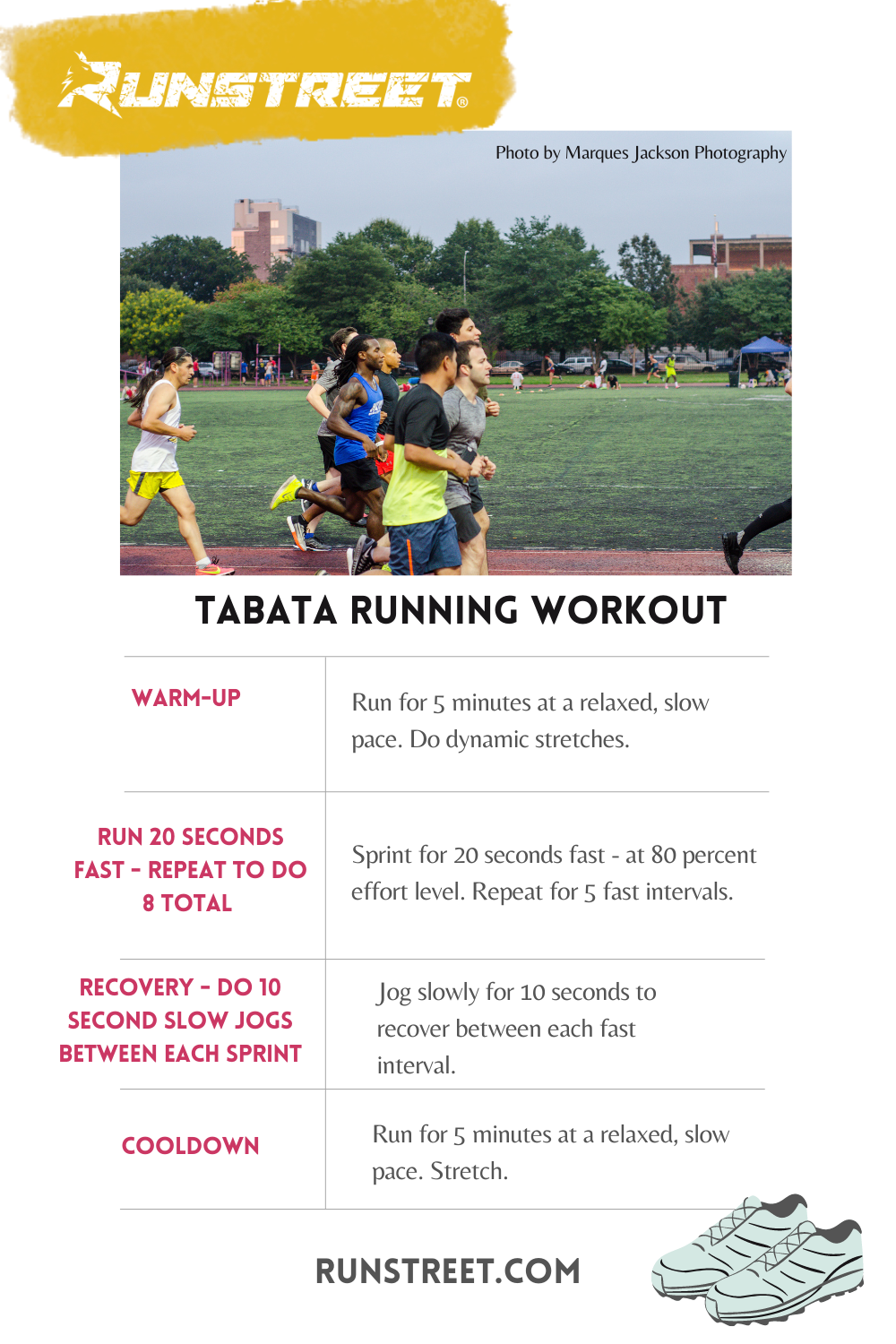Running Workout Tips: Enhance Your Efficiency Today
Running Workout Tips: Enhance Your Efficiency Today
Blog Article
Taking Care Of Typical Running Discomforts: Causes, Solutions, and Avoidance
As joggers, we usually come across different discomforts that can hinder our efficiency and enjoyment of this physical task. By discovering the root factors for these operating pains, we can discover targeted solutions and preventive measures to guarantee a smoother and extra fulfilling running experience.
Typical Running Discomfort: Shin Splints
Shin splints, a common running pain, frequently arise from overuse or incorrect footwear during exercise. This condition, clinically called medial tibial stress and anxiety syndrome, manifests as pain along the internal side of the shinbone (tibia) and prevails amongst professional athletes and runners. The recurring stress and anxiety on the shinbone and the tissues connecting the muscular tissues to the bone leads to swelling and discomfort. Joggers that rapidly boost the strength or period of their workouts, or those who have flat feet or improper running strategies, are especially susceptible to shin splints.
To avoid shin splints, people must gradually increase the strength of their exercises, use suitable footwear with correct arch support, and keep adaptability and toughness in the muscular tissues bordering the shin. If shin splints do occur, initial treatment includes rest, ice, compression, and elevation (RICE) In addition, integrating low-impact tasks like swimming or cycling can help maintain cardio fitness while permitting the shins to recover. Relentless or extreme cases may need clinical evaluation and physical treatment for efficient monitoring.
Typical Running Discomfort: IT Band Disorder
Along with shin splints, another widespread running pain that professional athletes typically come across is IT Band Disorder, a condition triggered by inflammation of the iliotibial band that leaves the outer upper leg and knee. IT Band Disorder usually manifests as pain outside of the knee, particularly during tasks like running or cycling. The iliotibial band is a thick band of fascia that connects the aware of the shin, and when it comes to be irritated or limited, it can scrub versus the thigh bone, leading to pain and discomfort.
Runners experiencing IT Band Syndrome might discover a painful or hurting feeling on the external knee, which can aggravate with ongoing task. Variables such as overuse, muscle mass discrepancies, incorrect running type, or inadequate workout can add to the growth of this condition.
Common Running Discomfort: Plantar Fasciitis

Plantar Fasciitis can be associated to different variables such as overtraining, incorrect footwear, working on difficult surface areas, or having high arcs or flat feet. To avoid and relieve Plantar Fasciitis, runners can include extending exercises for the calf bones and plantar fascia, use encouraging shoes, preserve a healthy and balanced weight to lower pressure on the feet, and slowly enhance running intensity to stay clear of unexpected tension on the plantar fascia. If signs and symptoms continue, it is advised to seek advice from a medical care expert for appropriate medical diagnosis and therapy alternatives to address the condition effectively.
Typical Running Discomfort: Jogger's Knee
After addressing the difficulties of Plantar Fasciitis, another widespread problem that joggers commonly encounter is Jogger's Knee, an usual running discomfort that can impede athletic efficiency and cause pain during physical activity. Jogger's Knee, also recognized as patellofemoral pain disorder, manifests as pain around or behind the kneecap. Runners experiencing this pain might really feel a boring, aching discomfort while running, going up or down stairways, or after prolonged periods of resting.
Typical Running Pain: Achilles Tendonitis
Commonly affecting runners, Achilles Tendonitis is an unpleasant condition that affects the Achilles ligament, causing discomfort and prospective restrictions in exercise. The Achilles tendon is a thick band of tissue that attaches the calf muscular tissues to the heel bone, essential for activities like running, jumping, and strolling - read this article. Achilles Tendonitis often establishes due to overuse, inappropriate shoes, inadequate stretching, or unexpected boosts in exercise
Signs see this website of Achilles Tendonitis include discomfort and tightness along the ligament, particularly in the early morning or after periods of lack of exercise, swelling that intensifies with activity, and possibly bone stimulates in chronic instances. To protect against Achilles Tendonitis, it is essential to stretch appropriately before and after running, put on ideal shoes with correct assistance, slowly boost the strength of workout, and cross-train to reduce recurring stress and anxiety on the ligament.
Verdict

Report this page